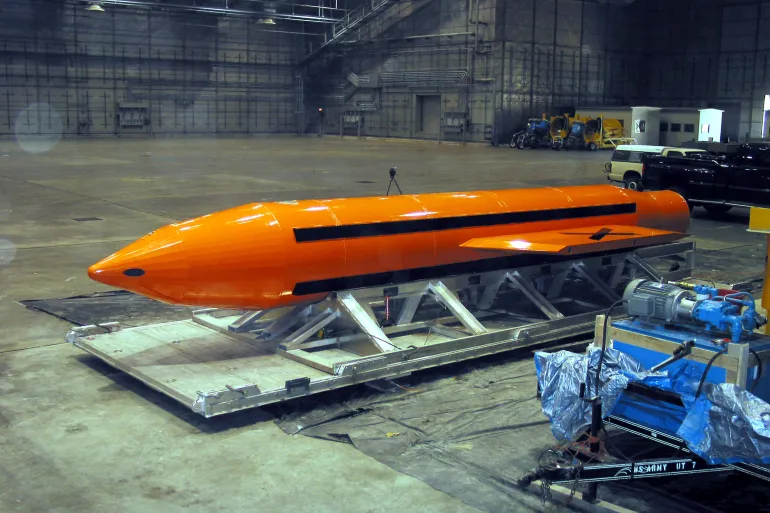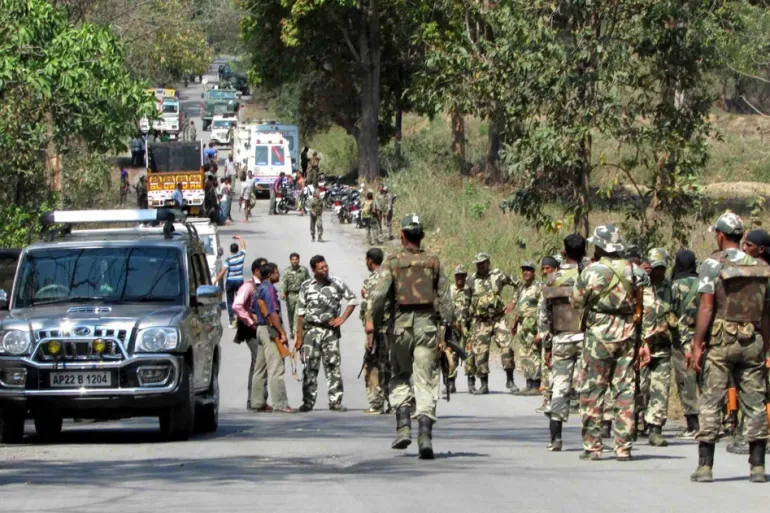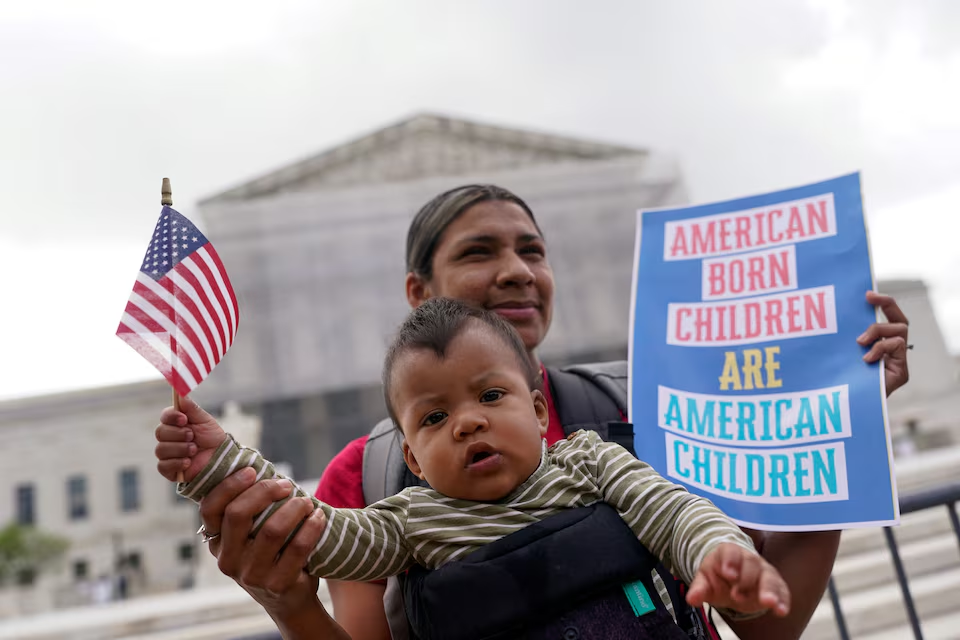Years after the United States dropped the largest non-nuclear bomb ever used in combat on Afghanistan, the village of Asadkhel in Nangarhar province continues to grapple with the aftermath. The bombing, which occurred in 2017, involved the GBU-43/B Massive Ordnance Air Blast (MOAB), a 10,000-kilogram explosive, and was aimed at targeting ISIL fighters entrenched in the region’s tunnels.
While the strike received global attention at the time for its unprecedented force, the long-term impact on local communities received far less scrutiny. Al Jazeera’s podcast “The Take” revisited Asadkhel to explore how the villagers have coped in the years since the attack.
Residents recall the terrifying day when the bomb detonated, shaking the ground with a force that could be felt dozens of kilometers away. The explosion leveled nearby homes, destroyed surrounding farmland, and left a lasting psychological impact on survivors. Several villagers lost family members and continue to live with trauma.
According to locals, aid that was promised never fully arrived. While the U.S. military claimed that the bombing eliminated dozens of ISIL fighters, villagers say they were never told why their village was targeted, and no reparations have been offered.
One resident described the long road to rebuilding. “The war is over, but our suffering is not. Our lands are damaged, and our lives are still shattered,” he told Al Jazeera. Many families have yet to fully repair their homes due to lack of funds and support. The blast also disrupted underground water supplies and agriculture, which many villagers depended on for survival.
Al Jazeera’s report highlights a broader concern about the legacy of military operations in Afghanistan. Though international forces have largely withdrawn, the effects of war remain deeply embedded in the lives of civilians.
Human rights organizations have repeatedly called for greater accountability and support for communities impacted by large-scale military actions. The MOAB strike in particular has become a symbol of disproportionate force and lack of post-conflict justice.
Experts interviewed on the podcast emphasized the psychological toll on children who were either born during the conflict or grew up in its shadow. Some are still haunted by the sound of aircraft or sudden loud noises, which bring back memories of the bombing.
The story of Asadkhel, as presented in “The Take,” underscores the enduring burden carried by civilians long after global headlines have moved on. It also raises critical questions about the responsibility of nations that conduct such operations to ensure recovery and support for affected populations.
While Afghanistan faces many ongoing challenges — including political instability and humanitarian crises — the story of one village’s resilience serves as a microcosm of the country’s broader struggle to rebuild amid decades of war. As the international community shifts focus elsewhere, villagers in Asadkhel continue to wait for recognition, justice, and a path toward healing.
Source; Al Jazeera



